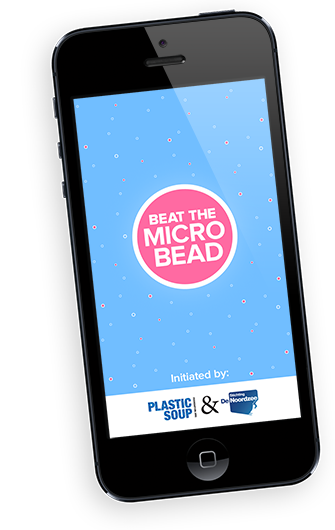Roll on Tip Three beauties! This week we are looking at why you should avoid artificial fragrances and colours in your beauty products.
As Conscious Beauties, many of us are already fab at avoiding artificial flavours and colours in the food we consume but sadly this may be neglected when it comes to beauty products. This is especially true for smell, for almost every product you pick up contains some form of both fragrance and colour. As with many of the chemicals discussed previously, the trick for newbies is knowing what to look out for, because many are implicitly labelled.
Nasty? why you say?
Being someone who has suffered from allergies for a large period of my life, I am very aware of the sensitivities caused by fragrances.
In my case, I was fortunate that the allergies never led to breathing issues such as Asthma, but those who do suffer – you may or may not be aware the impact that fragrances are having on your symptoms. In addition to Asthma sufferers, fragrances often contain some form of Phthalates, a group of chemicals known to cause fertility issues.
Another player to add the mix, and found in numerous body lotions, deodorants and body sprays is a chemical called ‘synthetic musk’. Preliminary research has found synthetic musk to have endocrine (hormonal) effects on both adults and babies. Sounds a little scary to me.
It is not just humans that need to be aware of synthetic musk, studies have also found bioaccumulation in waterways and lakes system and contamination of some marine species. Not Mother Earth too?
The term ‘fragrance’ can also be a deceiving one as in many countries, including the US, companies are not obliged to disclose the composition of the ‘fragrance’ in their products. So this blanket term can disguise a whole host of chemicals that you may not be aware of.
Lets move on to COLOUR.
Ever wondered how a synthetic colour is listed in the ingredients? You will see it noted as FD&C or D&C and followed by a number. The truth is, many of these colors are derived from coal tar. The primary issue is that coal tar is a known human carcinogen, derived from petroleum, it has been linked sun sensitivities and allergic reactions on the skin. Thankfully, coal tar has been banned in Canada and the EU but is still used on many US manufactured anti-dandruff products.
Where to watch out for our toxic little friend?
Perfumes, deodorants, moisturisers, toothpaste, cosmetics including foundations, laundry detergents and cleaning products just to name a few.
Making the conscious choice
Here are a few simple tips we introduced you to, to help you on your way:
- Consider where the product is manufactured, we always encourage going local where possible. Smaller manufacturers give you the opportunity to easily connect directly with them for feedback.
- Choose manufacturers that stand by quality.
- Ask yourself, can I pronounce the names of the ingredients? and remember, if there is one nasty chemical there are sure to be more.
- Be mindful of the overuse of words such as ‘organic’ and ‘natural’, look for recognised certification labeling.
- Find brands you trust, and stick to them.
Resources:



